Life is all about variation – whether it’s in the food on the menu, the social media you spend more of your time or your choice of a vehicle.
Arguably, almost everything comes with some amount of difference; so do SUVs.
Ever since mankind fell in love and accepted the concept of Sport Utility Vehicles back in the 1980s and 1990s, engineers have been continuously coming up with new and exciting concepts of the vehicle. As such, we now have several SUVs types.
If you just asked the question – what are the different types of SUVs? Then keep reading because this article is for you.
Sport Utility Vehicles have become the “family’s best friend”; all thanks to their extra seating and roomy interiors. Compared with trucks and standard-size cars, SUVs make a better choice for a family car.
SUVs have an edge over other cars when driving in unfavorable weather or road condition. They are well designed for off-road use and feature 4WD (Four-wheel drive)
So…
What are the different types of SUVs?
Generally, we can classify SUVs into 6 categories
…Without further ado, let’s jump straight in.
Crossover SUV
Crossover SUV, otherwise known as CUVs or better still ‘Crossovers’ has since 2010 become increasingly popular. They are often based on a similar platform as passenger car that boosts fuel economy but less off-road capability.
It is no news that SUVs have poor fuel maintenance. However, in an attempt to improve the fuel consumption in SUVs, the crossover SUV was created.
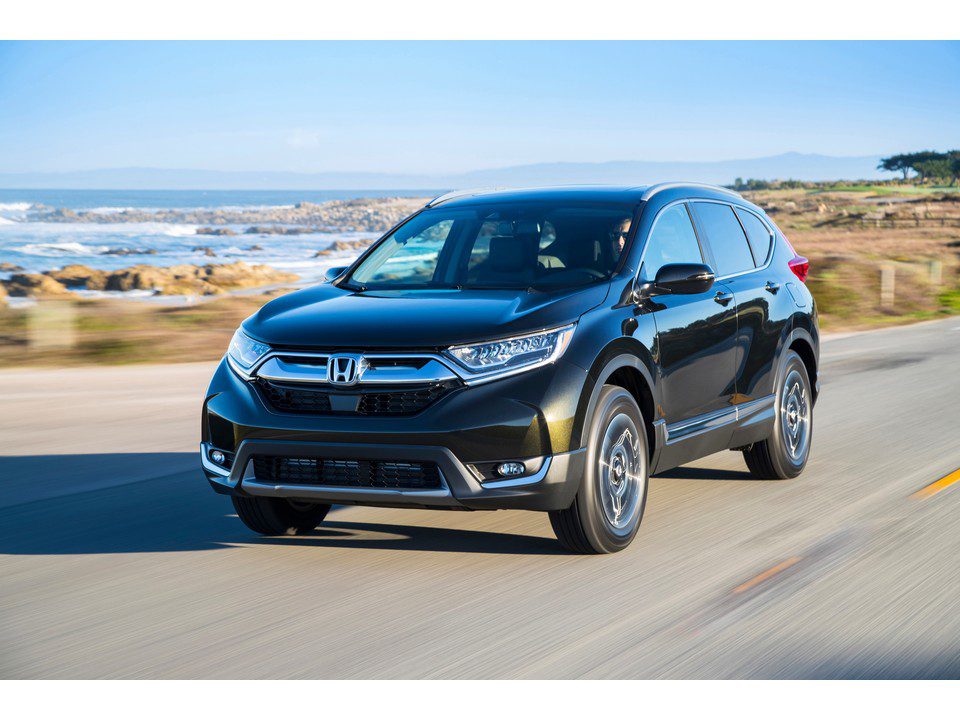
2019 Honda CR-V
Unlike pickup truck-based SUVs, the crossovers are sold without an all-wheel drive.
Another thing that distinguishes CUVs from other SUVs is the body build – if you know what SUVs mean.
Crossovers are built using a unibody platform (the same type most passenger cars use), while an SUV is built using a body-on-frame platform (the platform used by light trucks and off-road vehicles).
In the United States, the definition is often blurred out since unibody vehicles can also often be regarded as SUVs. Take for example the 1984 Jeep Cherokee (an early unibody SUV) is barely called crossovers.
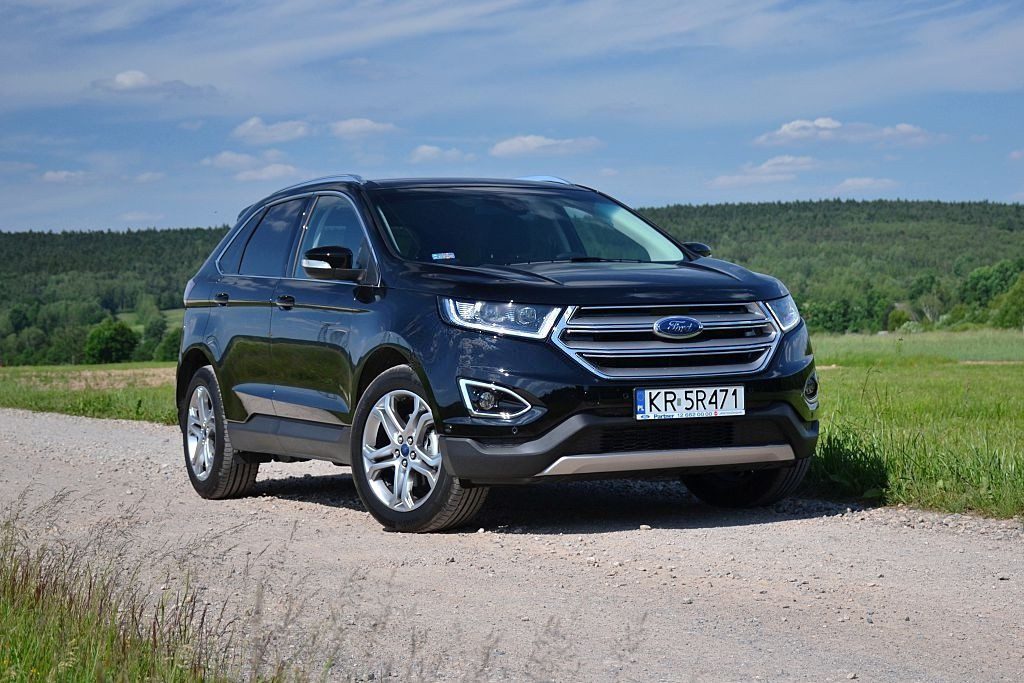
Ford-Edge
Outside the United States, the term crossover is used to refer to Compact (C-segment) or small vehicles, with large unibody vehicles such as the Mercedes-Benz GLS-Class, Range Rover, Dodge, and BMW X7 being referred to as SUVs rather than crossovers.
Mini/Subcompact SUV
Mini SUV is another category of Sport Utility Vehicle. It is the smallest size class of SUV.
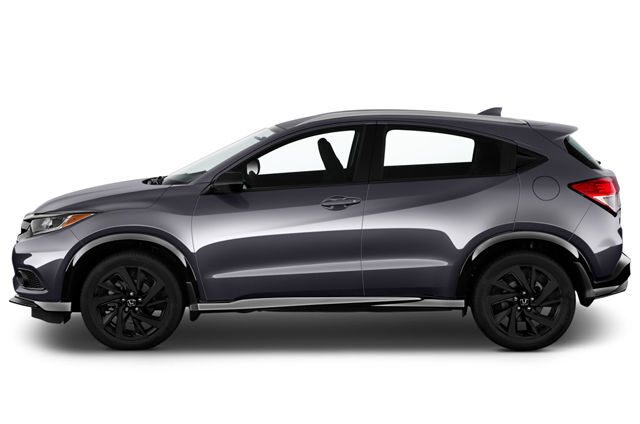
2021 Honda HR_V
Today, vehicles labeled as mini SUVs are built on the platform of a subcompact passenger car (B-segment or equally called Supermini)
In Japan, SUVs like Mitsubishi Pajero Mini are listed in the Kei car category and as such it attracts a lower tax. The same applies to other SUVs under 133.9 in (3,400 mm)
Compact SUV
In terms of size, the Compact Sport Utility Vehicle is the next bigger class after mini SUVs.
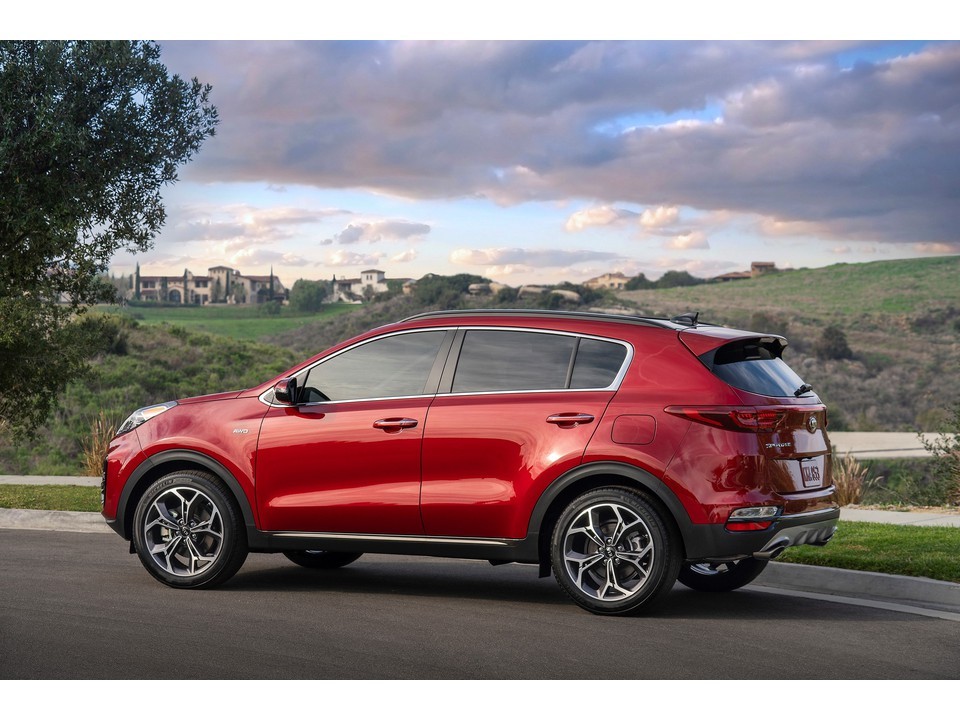
Kia Sportage
The majority of recent vehicles that are labeled as compact SUVs are technically compact crossovers (C-segment vehicles) built on the platform of a compact passenger car.
Mid-size SUV
The Mid-size Sport Utility Vehicle is the next bigger class after compact SUVs.
The term ‘mid-size SUV’ is not commonly used outside of North America as mid-size SUVs are usually grouped will full-size SUVs.
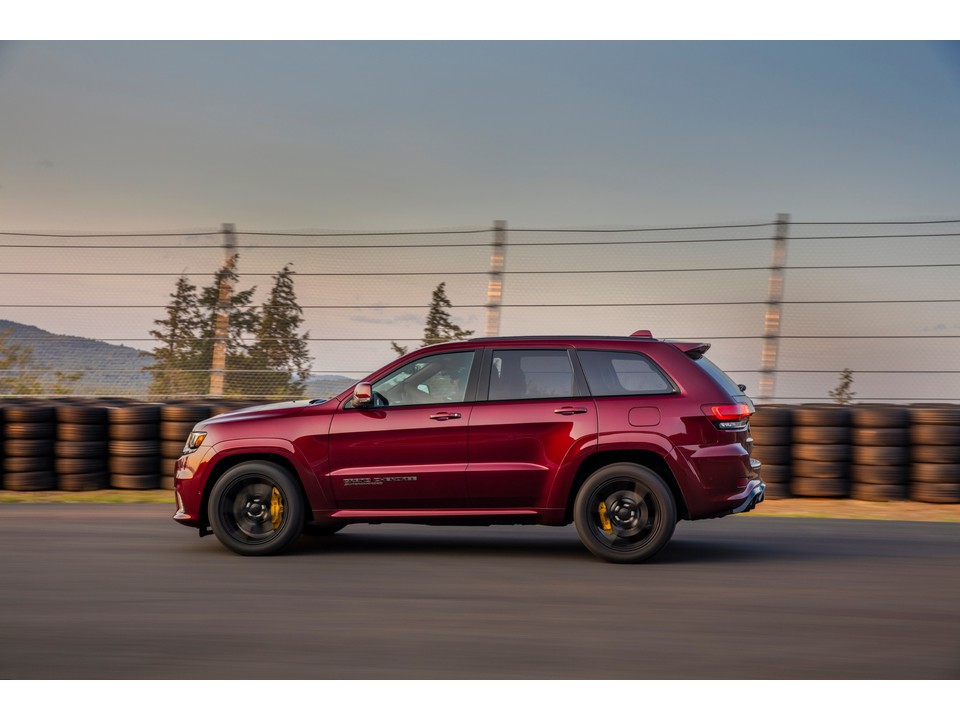
2020 Jeep Grand Cherokee
Although some mid-size SUVs are crossovers based on a platform shared with passenger cars, others are based on compact or mid-size pickups.
The Ford Escape and Ford Explorer, Dodge Durango, Jeep Cherokee, and Jeep Grand Cherokee, Chevy Blazer, and Toyota 4Runner are examples of Mid-size SUV
Full-size SUV
Being next to the mid-size SUV, full-size SUVs are the largest size of SUV that’s produced. A good number of them being distinct for their off-road capabilities while others are distinct as luxury vehicles.
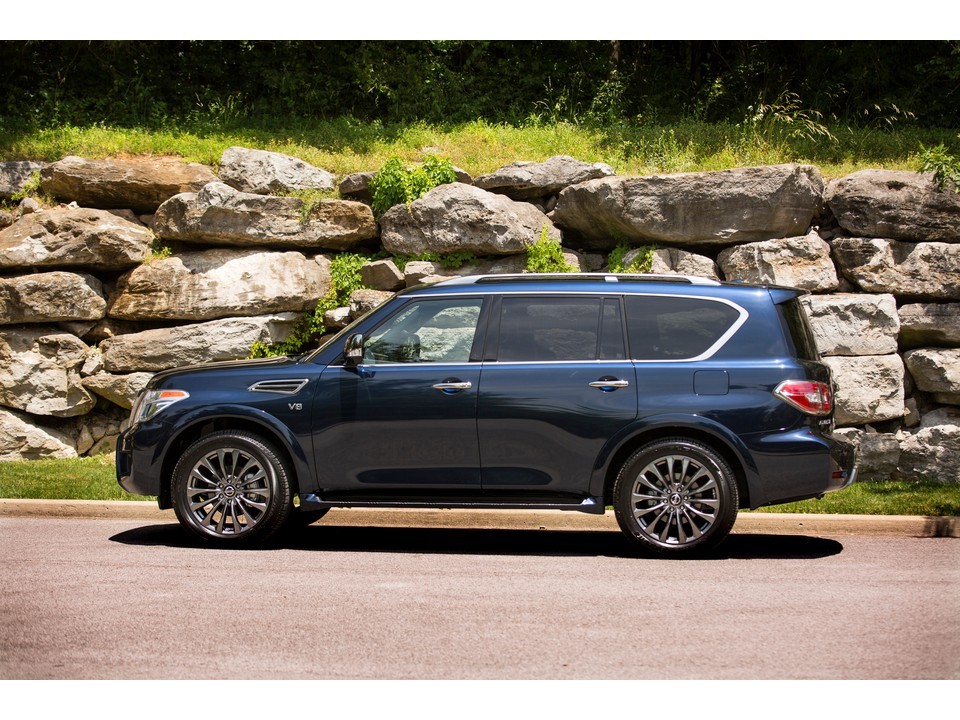
2020 Nissan Armada
Extended-length SUV
Some North American SUVs are available as a long-wheelbase version of a full-size SUV.
We call them extended-length SUV and they are quite popular and sold in North America, South America, the Philippines, and the Middle East.
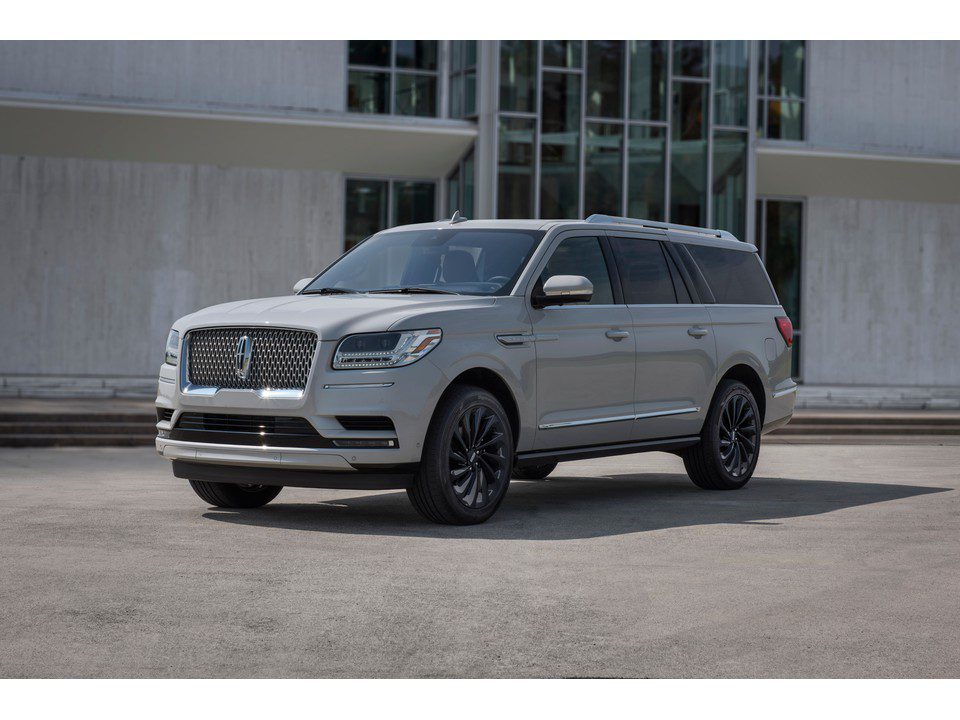
2020 Lincoln Navigator
This class of SUVs is built on dedicated platforms, heavy-duty pickups, or full-sized pickups. The extra length is used to creates room for rear passengers or cargo.
The Ford Expedition, GMC Denali, Lincoln Navigator, Cadillac Escalade, GMC Yukon, and Chevy Tahoe fall in this type of SUV.
Wrapping up …
These are basically the types of SUVs out there. Knowing what the differences are is a bonus point for you.
Now you won’t only make an informed decision when it’s time to buy; if someone peradventure asks you what are the different types of SUV, you definitely won’t be ‘stargazing’




